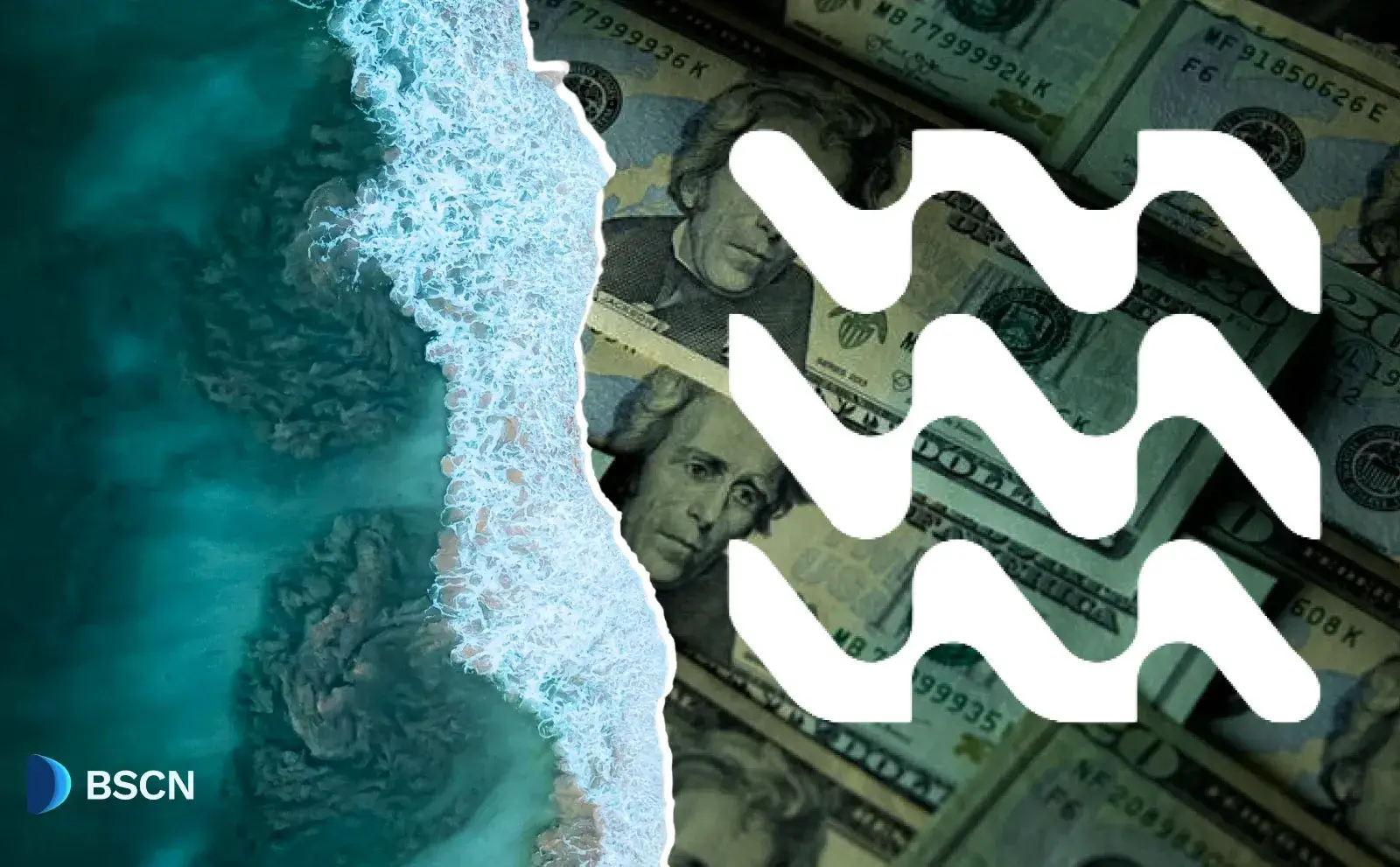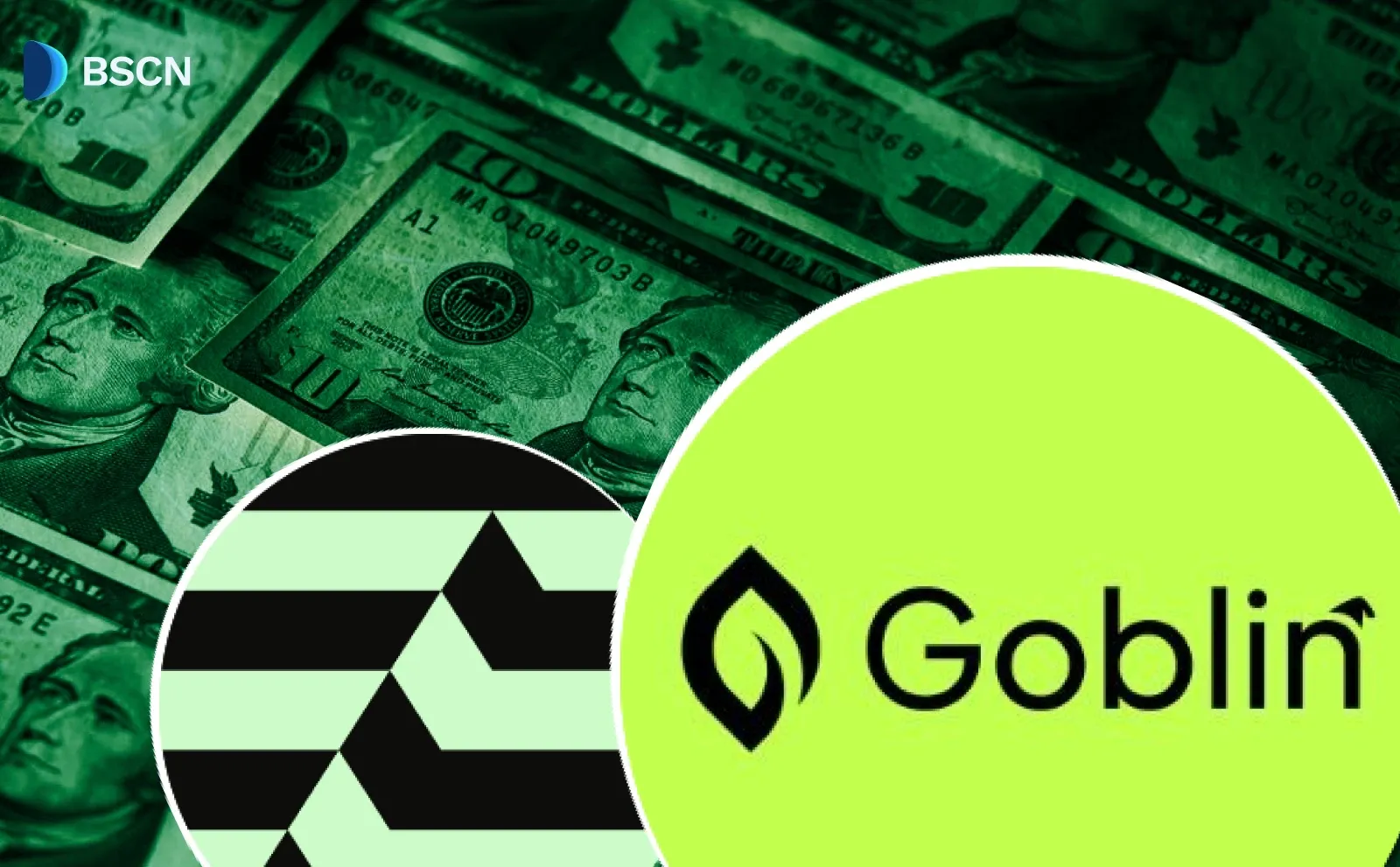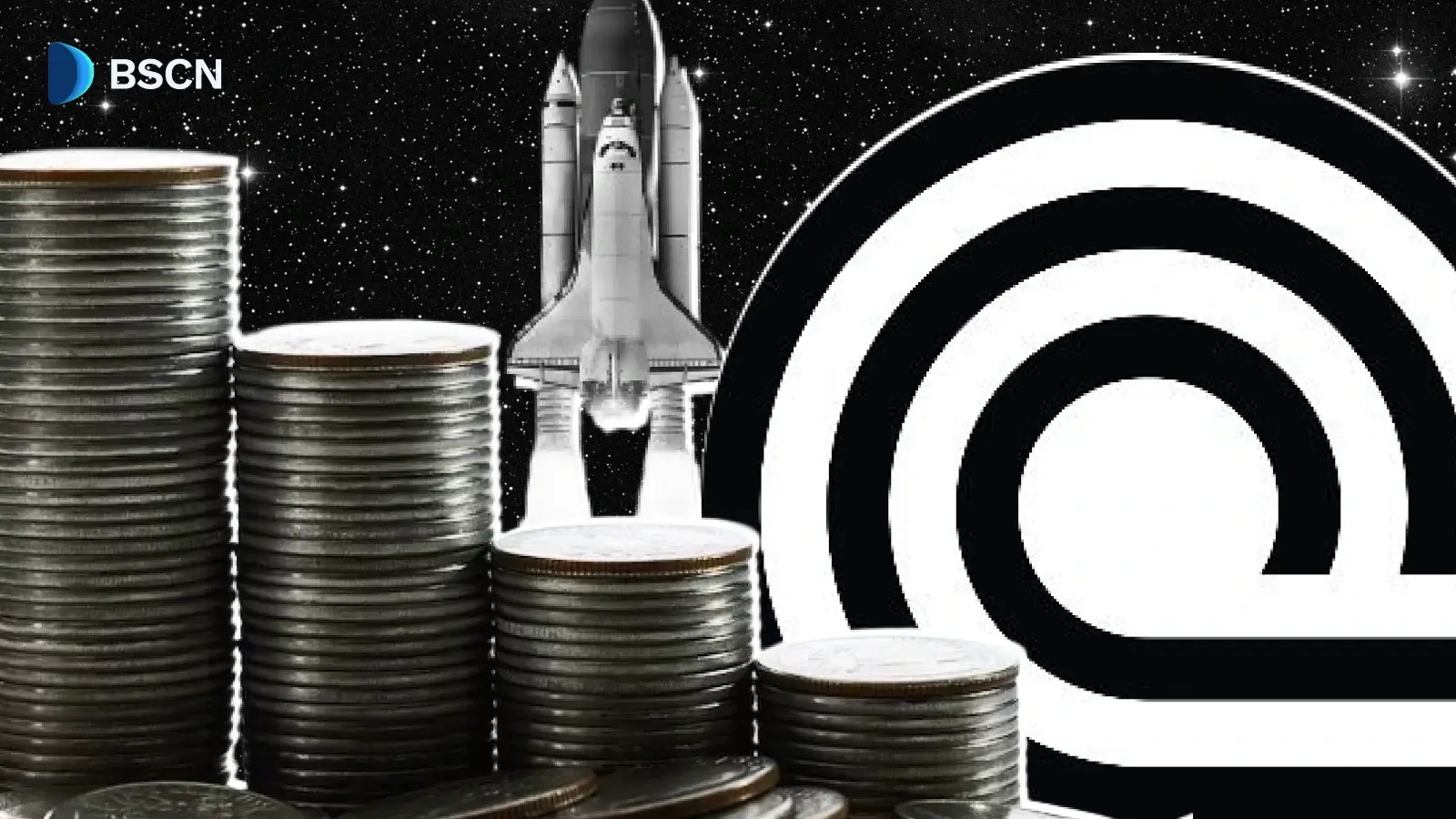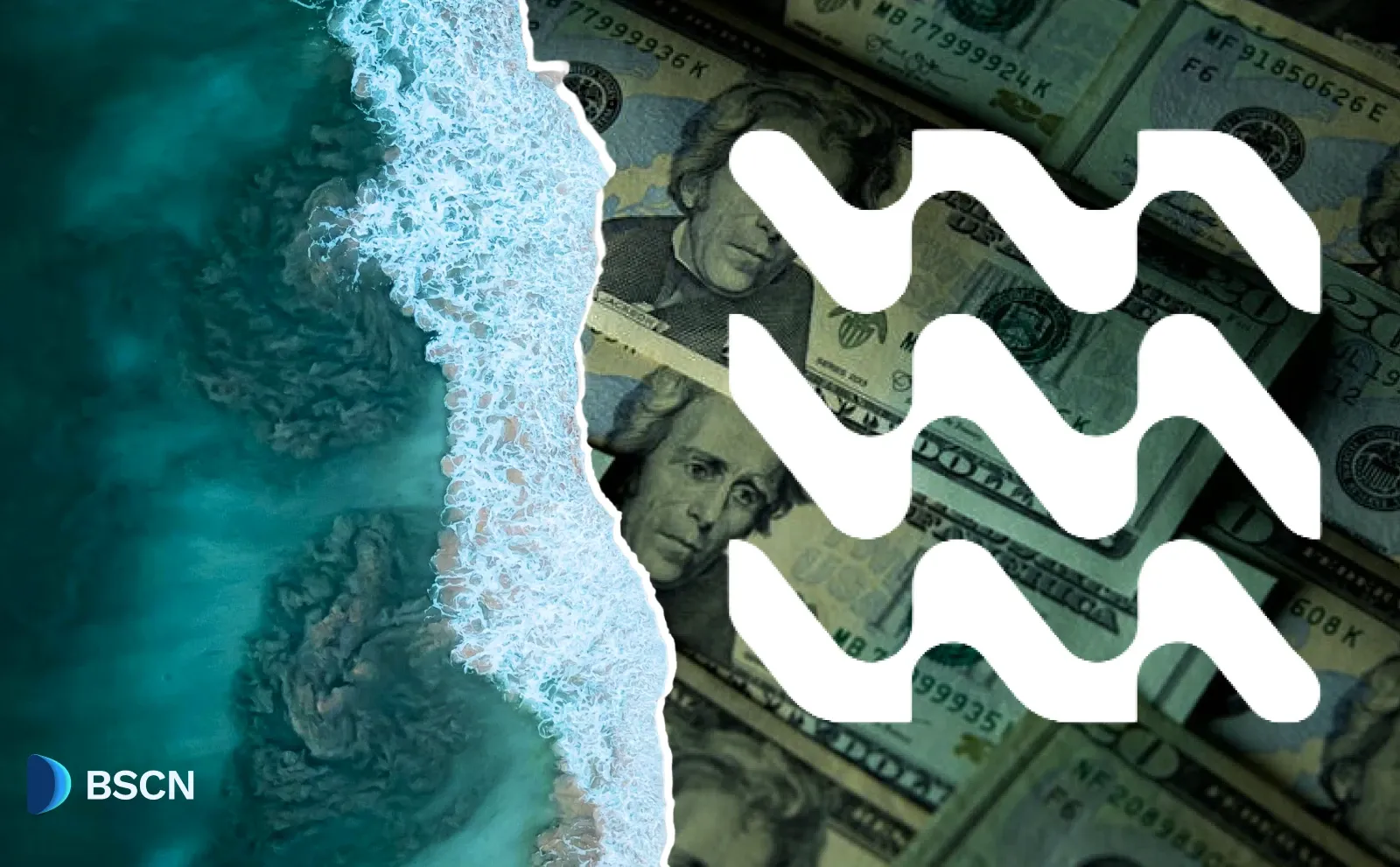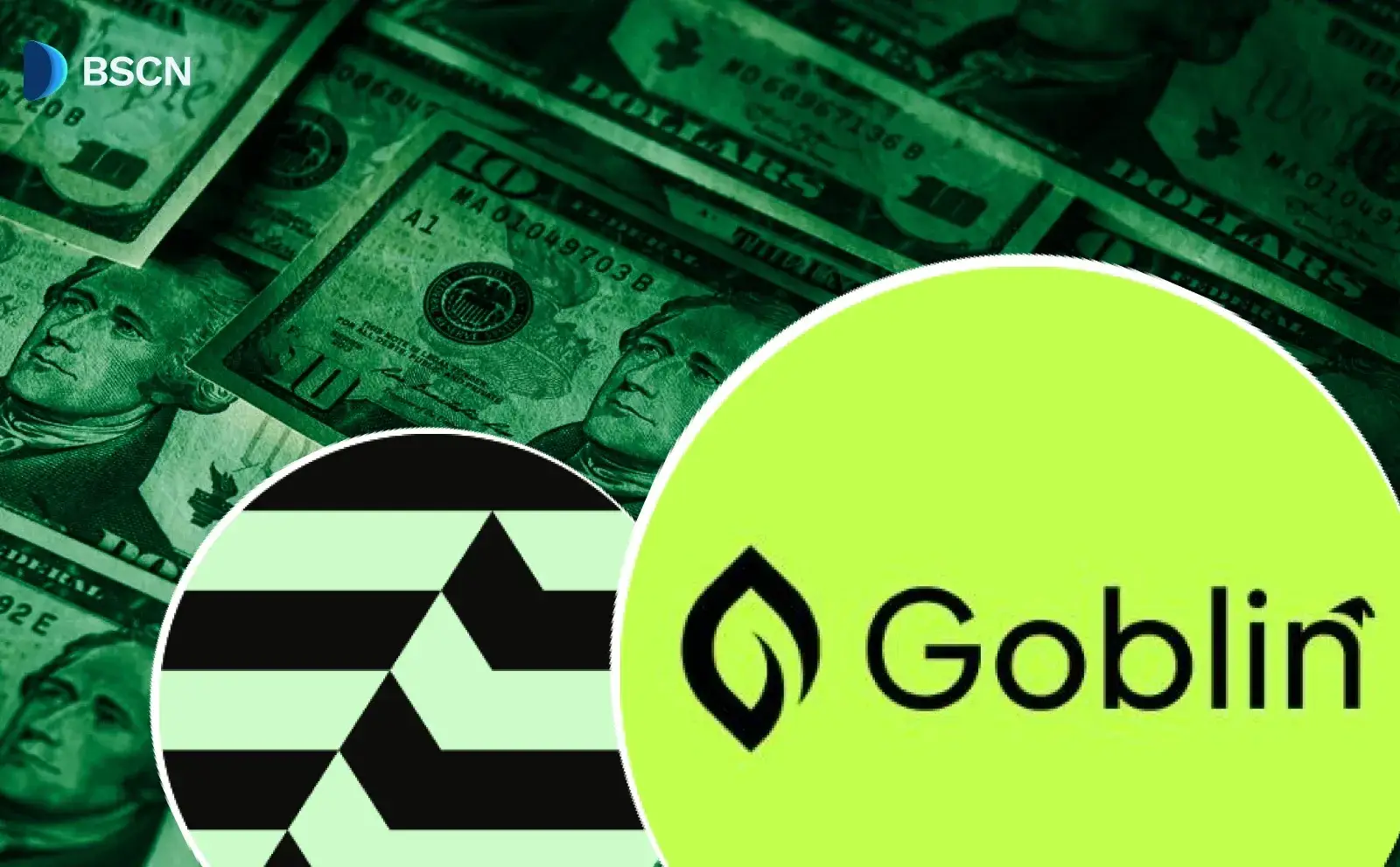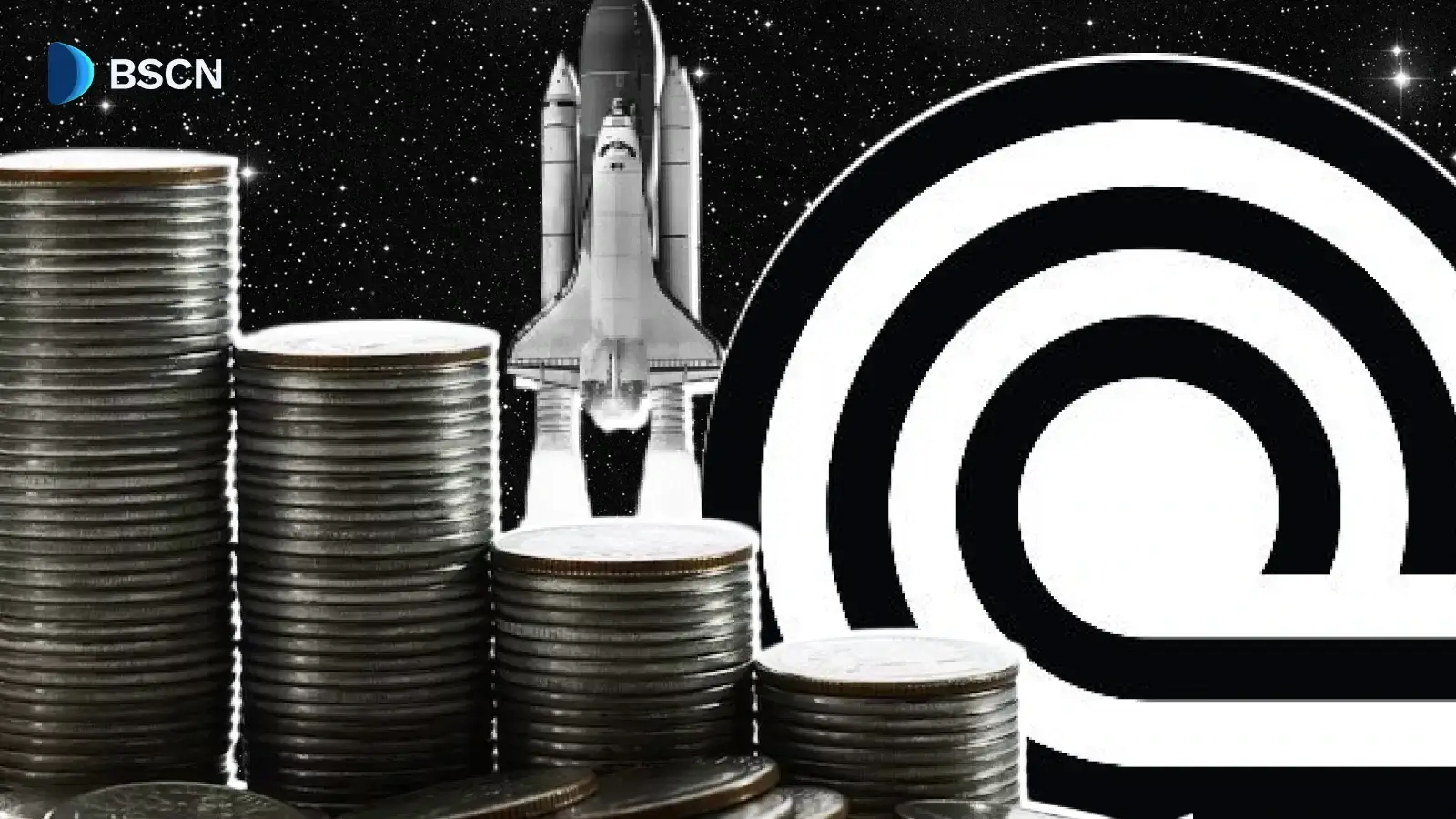News
(Advertisement)
All You Need to Know About Core DAO Dual Staking

This enhances the returns from Core’s Non-Custodial Bitcoin Staking and provides higher yield tiers based on the CORE to BTC staking ratio.
Soumen Datta
March 31, 2025
(Advertisement)
Table of Contents
Core DAO’s Dual Staking is changing the game for Bitcoin holders looking to maximize their staking rewards.
By staking both Bitcoin and CORE tokens, users can unlock higher yield tiers and enhance their returns.
But how does it work? And what should you consider before getting started? Let’s dive in.
What is Core DAO Dual Staking?
Core DAO’s Non-Custodial Bitcoin Staking allows users to stake their Bitcoin and delegate it to validators on the Core network. This system lets Bitcoin holders earn yield without giving up control of their assets.
Dual Staking takes this a step further. By staking both BTC and CORE tokens, users can boost their Bitcoin staking rewards significantly. The more CORE tokens you stake alongside BTC, the higher the yield.
This staking model is powered by Satoshi Plus consensus, which combines:
Delegated Proof of Work (DPoW) – Bitcoin miners delegate hash power to Core validators.
Delegated Proof of Stake (DPoS) – CORE token holders delegate tokens to validators.
Non-Custodial BTC Staking – BTC holders stake directly on the Bitcoin network.
Together, these mechanisms ensure security and decentralization while rewarding active participants.
Getting Started with Dual Staking
Before you start staking, you’ll need a few things:
A Supported Bitcoin Wallet – Core DAO supports Xverse, Unisat, and OKX Wallet browser extensions. Staking via mobile or hardware wallets isn’t available yet. However, users can stake using the Element wallet mobile app.
A Core Wallet Address – You’ll need this to receive CORE rewards. You can create one by linking MetaMask to the Core network.
Minimum Staking Amounts – You’ll need at least 0.01 BTC (if using the official staking UI) and 1 CORE token. However, staking with less than 0.05 BTC for short periods may not be profitable due to network fees.
Gas Fees – Bitcoin and CORE transactions require gas fees, so keep extra funds in your wallet to cover them.
Key Considerations for Stakers
Understanding Bitcoin Staking Addresses
When you stake BTC, your wallet may show a different staking address than your usual Bitcoin address. This is normal. The staking address is generated from your wallet’s private key and ensures security.
Locked Funds and Transaction Delays
Staked Bitcoin is locked until the staking period ends. It won’t appear in your wallet immediately. Confirmation times depend on network congestion, but you can track your staked funds on Mempool.space or the Core staking dashboard.
Locking Periods Matter
Once you commit your BTC for staking, it remains locked for the chosen duration. If you’re new to staking, consider starting with shorter locking periods before committing long-term.
How Dual Staking Boosts Rewards
Dual Staking allows Bitcoin stakers to earn higher rewards based on predefined CORE staking thresholds. The more CORE you stake, the more you earn from BTC staking.
Core DAO distributes staking rewards through three main pools:
Hash Power Delegators – Bitcoin miners who delegate hash power.
Bitcoin Stakers – BTC holders who stake on Core.
CORE Stakers – CORE token holders who delegate tokens.
Dual Staking increases your share in the Bitcoin Staking Pool, giving BTC stakers higher rewards without affecting CORE staking yields.
Governance Update
Core DAO is currently voting on adjusting staking ratios to improve sustainability and network security. The proposed changes include:
Satoshi Tier: 16K → 24K CORE
Super Tier: 6K → 9K CORE
Boost Tier: 2K → 3K CORE
These changes aim to create a fairer economic balance while keeping rewards attractive for committed participants.
Voting Period: March 30 - April 2, 2025
Impact: Current Dual Stakers must adjust their CORE holdings to maintain boosted yields. New stakers must meet the updated ratios immediately.
Core DAO Ignition Program: What’s Next?
This governance vote comes just as Season 2 of the Core DAO Ignition program wraps up on March 11, 2025. The program incentivizes users to engage with the Core blockchain by offering rewards for activities like staking, transferring assets, and using dApps.
With Season 3 underway, Core DAO is expected to introduce new enhancements to its staking ecosystem. As more users join the BTCFi movement, Core’s Dual Staking could become a major part of decentralized Bitcoin staking.
Read Next...
Disclaimer
Disclaimer: The views expressed in this article do not necessarily represent the views of BSCN. The information provided in this article is for educational and entertainment purposes only and should not be construed as investment advice, or advice of any kind. BSCN assumes no responsibility for any investment decisions made based on the information provided in this article. If you believe that the article should be amended, please reach out to the BSCN team by emailing [email protected].
Author
 Soumen Datta
Soumen DattaSoumen has been a crypto researcher since 2020 and holds a master’s in Physics. His writing and research has been published by publications such as CryptoSlate and DailyCoin, as well as BSCN. His areas of focus include Bitcoin, DeFi, and high-potential altcoins like Ethereum, Solana, XRP, and Chainlink. He combines analytical depth with journalistic clarity to deliver insights for both newcomers and seasoned crypto readers.
(Advertisement)
Latest News
(Advertisement)
Crypto Project & Token Reviews
Project & Token Reviews
Comprehensive reviews of crypto's most interesting projects and assets
Learn about the hottest projects & tokens
Latest Crypto News
Get up to date with the latest crypto news stories and events
